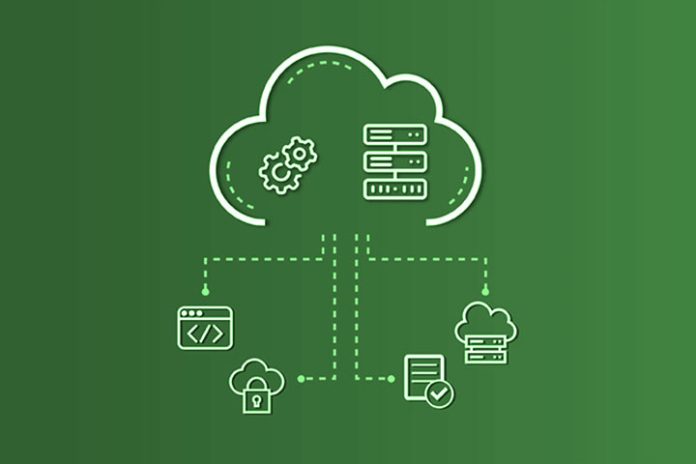In theory, it doesn’t sound that complicated: data, applications, processes, and systems are moved from A (the on-premises infrastructure) to B (the cloud). In practice, however, this task requires thorough preparation and time – at least if you want to use the migration as an opportunity to eliminate outdated processes, improve collaboration within and between teams, or increase IT security. What seven steps do companies have to follow to achieve this?
Expectation management
The effort required for a successful cloud migration is often underestimated, including by company management. Accordingly, those responsible for the migration project should manage expectations regarding time and costs from the outset. Promises about when the process will definitely be completed should not be made too hastily. Depending on how complex the migration turns out to be, it can take weeks or even months to complete and may take longer than originally planned due to changes or unforeseen events.
Since many people are skeptical about changes – or reject them altogether – employees should also be informed as early as possible about the process and possible consequences for their everyday work and be trained in optimized working methods. This can avoid later disappointments. In the best-case scenario, it’s just a matter of missing icons or functions. In more extreme cases, employees such as admins are laid off because their role in the data center infrastructure is no longer available.
Do not rush
Since cloud migration often offers immediate benefits – such as access to data and applications regardless of location and time – it is tempting for many companies to implement it as quickly as possible in a lift-and-shift approach. However, moving into the cloud is a crucial investment in the future and should, therefore, not be rushed. Given the long-term business goals to be achieved through the migration, it may make sense to plan these over a longer period and approach them gradually. For example, companies can initially rely on hybrid structures before prematurely switching off outdated on-premises systems.
Also Read: How Developers Can Use the Cloud To Their Advantage When Creating Apps
Analysis of stack, users, data
In order to plan the migration, you have to know exactly what is to be migrated. The prerequisite is a complete understanding of your tech stack: How is it structured? What are the individual applications used for? Are they still necessary in the cloud?
With regard to the users, the question arises as to how access has been managed so far and what changes are required. Users should be checked before the migration to ensure that everyone can only access the systems or data that they actually need. Access rights that are too broad are a security problem; access rights that are too limited are a productivity problem. Inactive users can also be identified and deleted in this step. At this point, it also makes sense to review how data has been managed and protected so far and how both can be optimized.
Documentation and evaluation of controls and processes
Control mechanisms and processes that are intended to protect data and users are often not well documented. Cloud migration is a good time to change that and adapt it if necessary. The important thing here is to find out why something is the way it is. Sometimes, the reasoning is sound. Sometimes, a decision made sense in the past but no longer makes sense because technology has evolved. And some were quick fixes that were never replaced by another. Once all controls and processes are recorded, vulnerabilities can be closed before migration to the cloud takes place.
Regulatory responsibility
The General Data Protection Regulation (GDPR) affects all companies that collect personal data from customers or employees in Europe. If this data is to be migrated to the cloud, it should be ensured, for example, that personal data is stored and processed in accordance with the GDPR. If this is not the case, there are high fines.
Depending on the industry, there may be additional regulatory requirements, for example, in healthcare or finance. Companies should, therefore, deal with the relevant requirements for cloud use at an early stage.
Training for employees
In order to get employees excited about the new ways of working in and with the cloud – or at least to ensure that they do not resist them – it is not enough to just tell them the advantages and prepare them for changes. Companies should also show them specifically how they can use the new systems and workflows to complete their tasks.
Training is also useful for management to fundamentally understand what the systems in the cloud are capable of and, based on this, to make decisions about processes, workflows, and reporting.
Regular checks
Last but not least, a point that is not part of the preparation for cloud migration but is still important for long-term success: the continuous review of user, data, and access management, controls and processes, as well as regulatory requirements. Companies today operate in such a dynamic environment that a one-time review and adjustment is simply not enough. Accordingly, you should repeat this process at regular intervals. This not only ensures your safety but also saves costs and offers your employees a working environment in which they can be productive.
Also Read: Data Cloud: How To Master Migration And Deal With Legacy Systems

